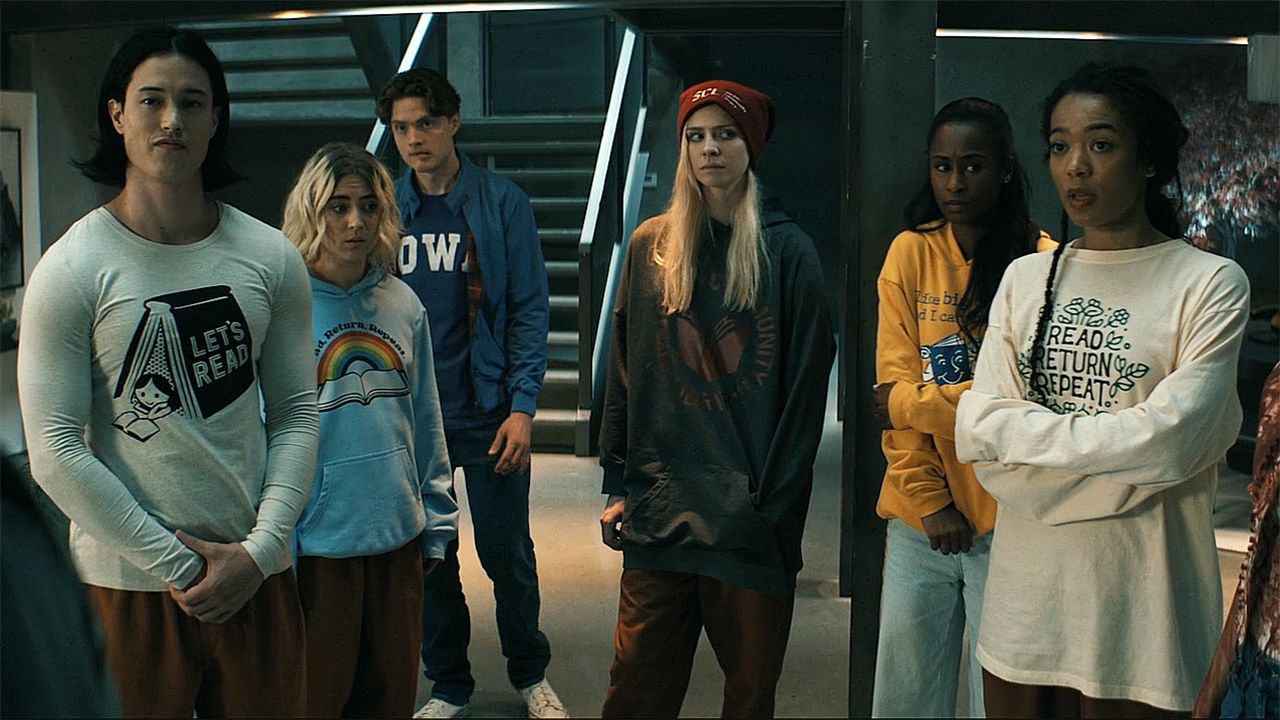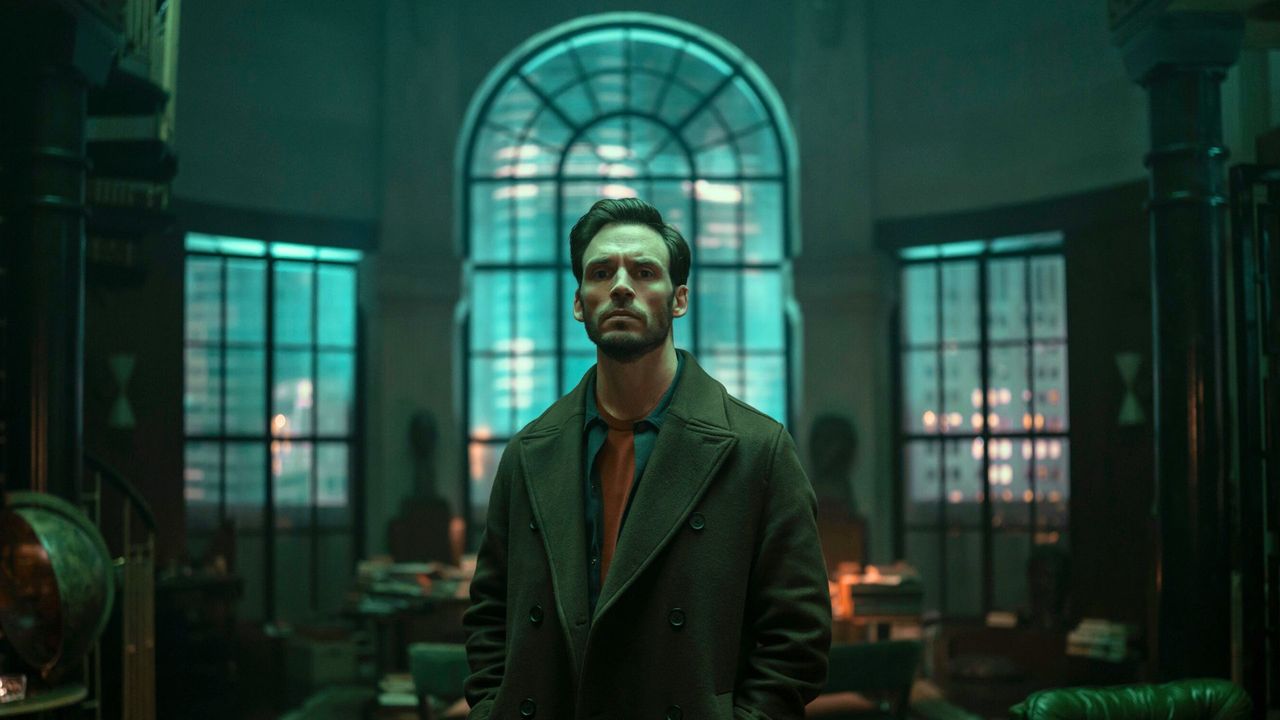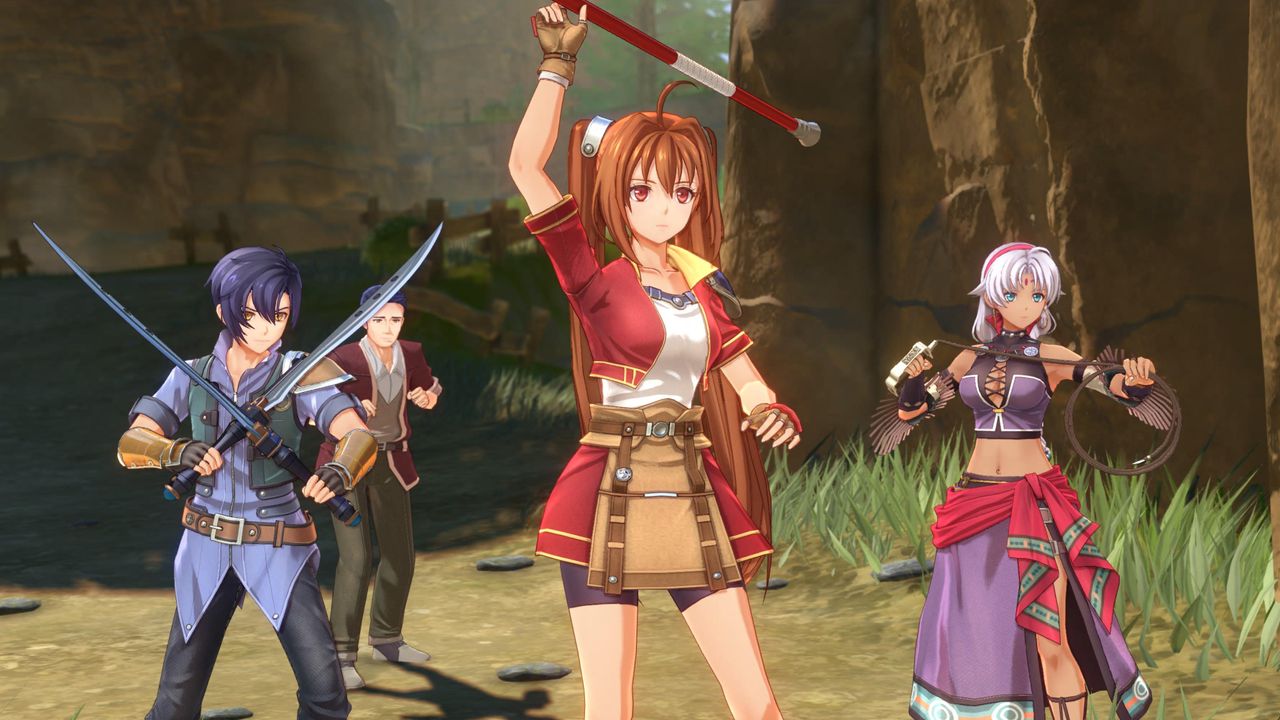UX Planet
Your Product Looks Amateur. It’s Probably Your Fon...
Here’s the 3-Font Rule to Fix ItContinue reading on UX Planet »
No 31. Reflection of My First Year @ Microsoft as ...
No 31. Reflection of My First Year @ Microsoft as a Principal ProductMe at the Microsoft Munich office!Time flies. One year ago, I joined Microsoft — my first experience at a big tech company.If Spotify felt like a startup — fast, scrappy, chaotic but exciting — Microsoft...
The next generation of wearables won’t need chargi...
Scientists are building wearables that harvest energy from your body — and it’s closer than you think.Continue reading on UX Planet »
Brief Considerations on Design Topics: 26. Conside...
One of the organizations I worked for in the past has (or had) a rather comprehensive and dare I say it, inefficient and exhausting procurement process for new tools. That process has stayed with me for quite some time...
From Real to Digital: How UI Components are Inspir...
Ever wondered why clicking a button on a website feels so natural? It’s because much of what we see on the web is inspired by how we interact with objects in real life! From flipping switches to browsing stacks...
Finally deciding to end my UX (and tech) career, o...
“We’ve decided to move on with other candidates.” Well, I’ve decided to switch to a new career.Continue reading on UX Planet »
The 4 superpowers of a content designer
Source: jasdeogan.comNow, let’s be honest, the world doesn’t exactly light up when you say, “I’m a content designer.” As much as we’d like it to, it doesn’t.Unlike our flashy cousins, product/UX designers or the tech-savvy dev crowd, our superpowers are...
Introduction to OpenAI Agent Builder
What is it and why it won’t kill n8n, Make and ZapierOpenAI did it again.During its DevDay 2025 on October 6th, the company unveiled a new feature called Agent Builder — a powerful addition that could change how we create and use AI agents.As...
Why and how to use AI agents in product design: a ...
Image credit IBM“AI agent” is a term we hear more and more in the product design community. People use this term all the time when they are talking about the advantages of artificial intelligence. Yet for many people, this concept...
Gamification in Education
Gamification in education usually means applying game design mechanics ( points, badges, leaderboards) to make learning more engaging. It’s often treated as a fresh innovation. But if you look closely, education has been gamified all along.Levels = Grades. Each year...
The Anatomy of a Good Funnel
The anatomy of a good funnelMost funnels have the same shape.Trust me on this — at use-glue.com we’ve helped 32 startups wrestle with conversion and onboarding. I’ve seen the data, stared at the drop-offs, run the experiments. Funnels look different on the surface,...















 English (US) ·
English (US) ·